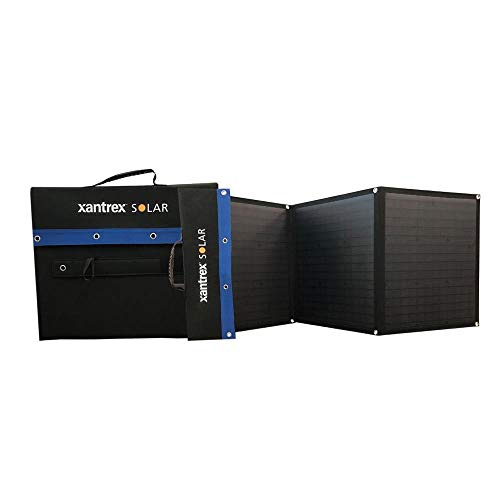.... that one gave me a chuckle.. I am with you... I plod along as not only is it cheaper on the gas budget, it also means less wear and tear on the rig... although, the jostling I put the dear thing through going where I go makes sure the relays and other connections sty connected... ahem..For sharts-n-giggles, we read RecreateVehicle forums such as IRV2.
'Those people' boast about covering six hundred miles a day, driving at 75mph or quicker, paying a couple hundred fedbux a night at a resort...
... with something called 'full hook ups' whatever that is.
Gas mileage is.. abysmal for me.. it is my own fault for choosing such a mammoth beast. In climbing a few passes on my way over to the North Rim from Colorado I was down to less than 4mpg, but one must also consider the impact of 2 tons rolling down hill, at which times we are allowed to reach the scary speed of 65mph...... in return for bending over at the pump, I have enough room ( just) for all the crap I didn't manage to sell or give/throw away.. to have down sized as fas as I have was a huge victory, and yes, I still have too much stuff.
I am apt to put in long days at the wheel. I crashed at 6pm in Durango, got up at 22am and arrived at the North Rim at 3pm.. I do love driving at night for the sheer lack of traffic... despite the risks...





























































